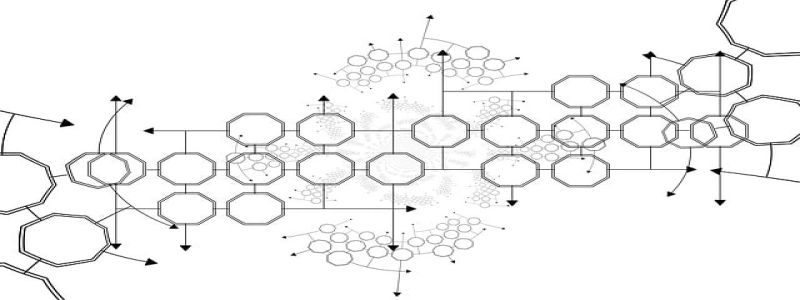Crest, Trough, Amplitude and Wavelength: Explained
I. Sissejuhatus
In the field of physics and wave mechanics, several important terms are frequently used to describe the characteristics of a wave. Two essential features of a wave are crests and troughs, which describe the highest and lowest points of a wave, vastavalt. Lisaks, the amplitude and wavelength of a wave provide further information about its intensity and spatial properties. Selles artiklis, we will delve into the definitions and significance of crest, trough, amplitude, and wavelength in the context of wave phenomena.
II. Crests and Troughs
A crest is the highest point of a wave, representing the maximum positive displacement from the equilibrium position. On the other hand, a trough is the lowest point of a wave, indicating the maximum negative displacement from the equilibrium position. These terms are commonly used when describing transverse waves, where the oscillations occur perpendicular to the direction of wave propagation.
III. Amplitude
The amplitude of a wave refers to the maximum displacement of a particle or point on the wave from its equilibrium position. It represents the intensity or strength of the wave. In other words, the greater the amplitude, the more energy is possessed by the wave. Amplitude is typically measured from the equilibrium position to either the crest or trough of a wave.
IV. Lainepikkus
Lainepikkus, teiselt poolt, refers to the spatial length between two consecutive points that are in phase or have the same displacement in a wave. It can be measured from crest to crest or trough to trough. Wavelength is denoted by the Greek letter lambda (l) and is usually expressed in units of distance, such as meters or centimeters. It plays a crucial role in determining the frequency of a wave, which relates to the number of wave cycles occurring per unit time.
V. Relationship Between Crests, Troughs, Amplitude, and Wavelength
The crest and trough of a wave, as well as the amplitude and wavelength, are interrelated. The amplitude directly affects the height of crests and the depth of troughs. A larger amplitude results in higher crests and lower troughs, indicating a more intense wave. Conversely, a smaller amplitude yields lower crests and higher troughs, indicating a less intense wave.
Lisaks, the wavelength is inversely related to the frequency of a wave. As the wavelength increases, the frequency decreases, and vice versa. This relationship is governed by the wave equation, c = λf, where c represents the speed of the wave propagating through a medium.
VI. Järeldus
Kokkuvõttes, understanding the concepts of crest, trough, amplitude, and wavelength is vital for comprehending the characteristics and behavior of waves. Crests and troughs mark the highest and lowest points of a wave, vastavalt, while amplitude measures the intensity of the wave. Lainepikkus, teiselt poolt, determines the spatial length between consecutive points in phase. By exploring the relationships between these parameters, physicists can gain valuable insights into the nature of waves and their various applications in diverse fields, from acoustics to optics.








